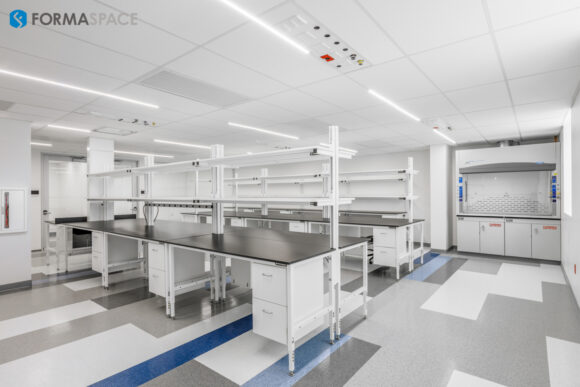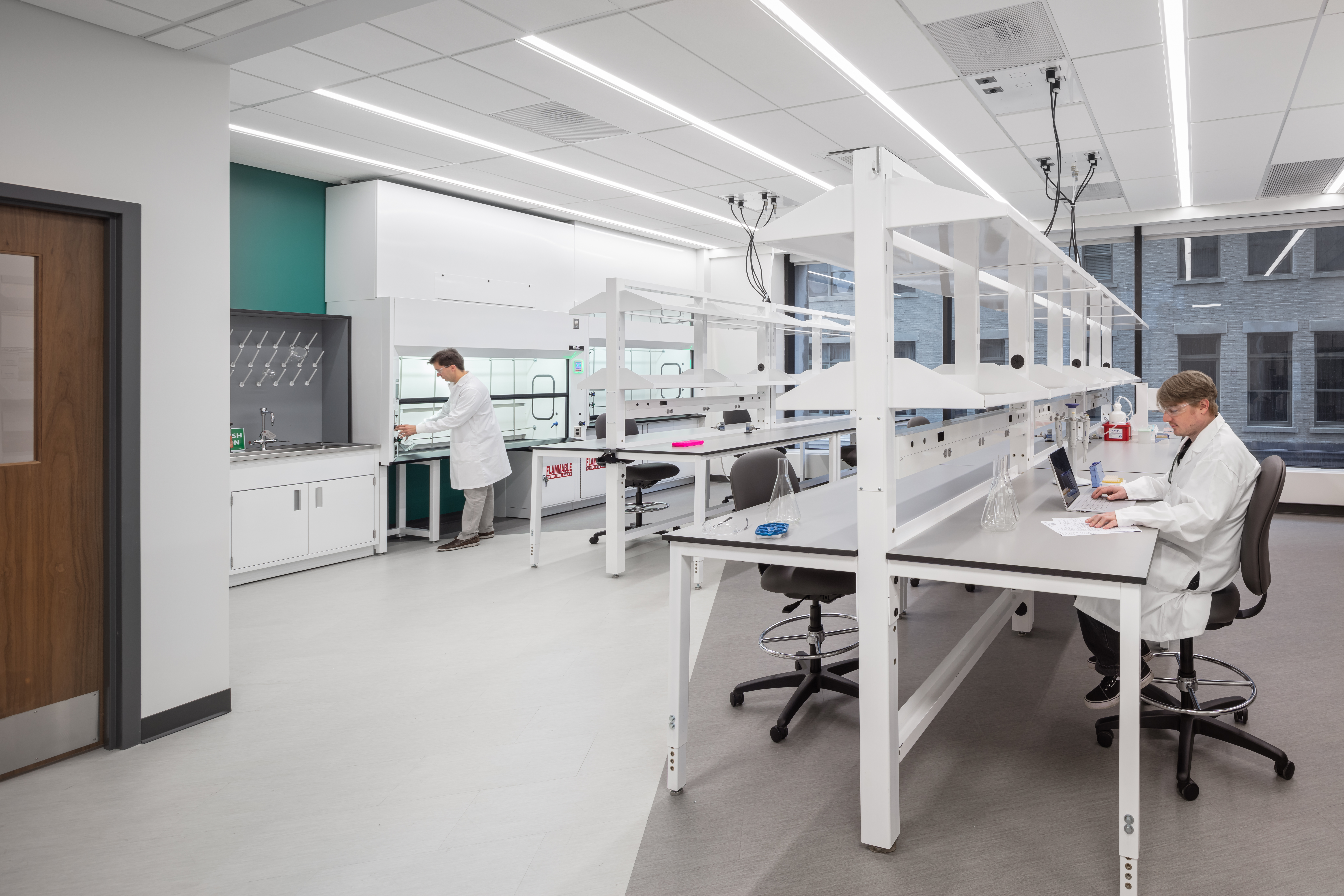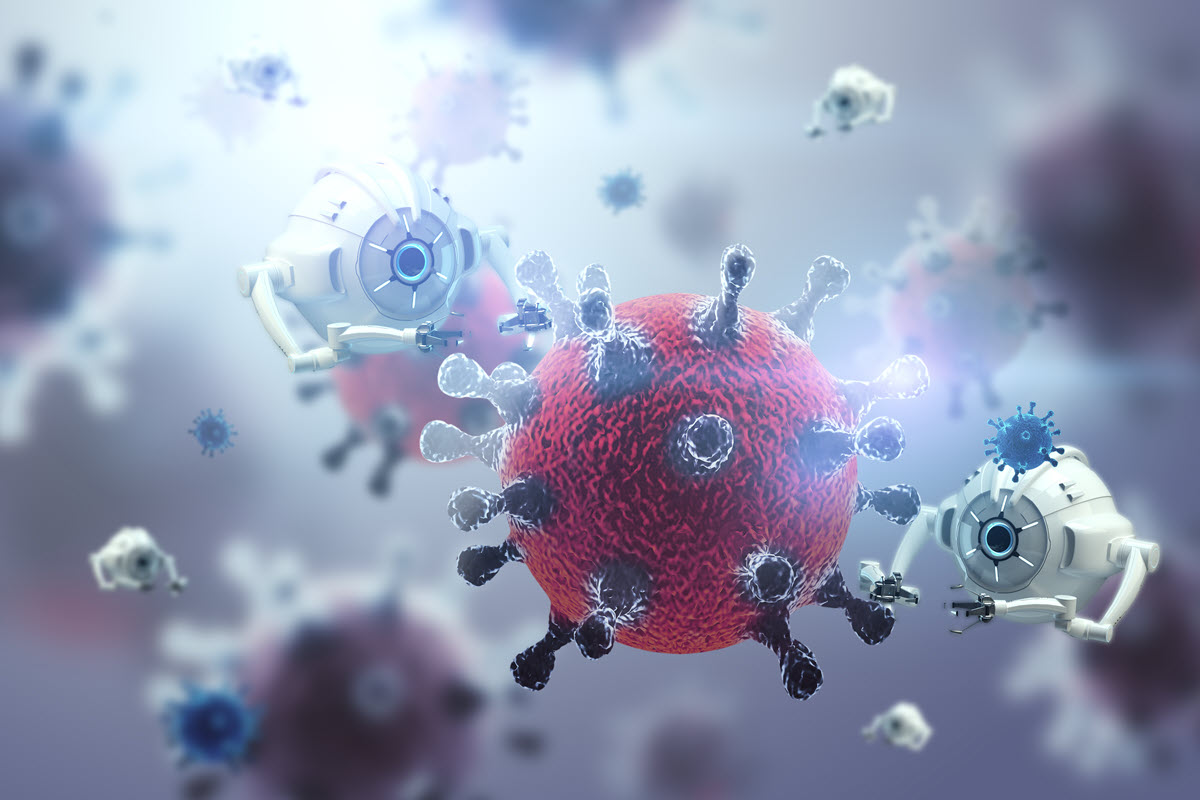Prototyping Micro Robots that Can “Swim” in the Gut
When we think of the term “precision medicine,” what comes to mind is delivering the right treatment to the right place at the right time.
Unfortunately, while we are making progress in creating custom drug treatments that are optimized for individual patients, drug delivery – specifically unwanted toxic drug side effects – remains a big problem.
Researchers think that about 30% of drug candidates fail due to drug toxicity.
This typically occurs when the high doses of the drug circulate in the bloodstream but fail to sufficiently penetrate disease target areas, such as dense tumors, which typically resist drug uptake.
What is the solution?
One idea is to create microrobots that can treat medical conditions in the body, including delivering drugs to specific target areas.
Advances in robotic miniaturization are helping make this possible, but the physics of fluid dynamics still pose challenges for microbots to swim against the flow, whether in the bloodstream or the gut.
To overcome this, researchers at Stanford University have been investigating developing millimeter-sized robotic systems that can be controlled by an external magnetic field, which can not only help the robot “swim” inside the body, it can also turn different functions on and off remotely, such as pumping mechanism to deliver drugs to specific locations.

Micro Conception Robots for Reproductive Health
Drug delivery is not the only challenge that could be solved by using microrobots.
Overcoming human fertility issues is another.
Already, robots have been successfully employed to inject human sperm into eggs on the laboratory bench (a tedious process when done ‘by hand’) – resulting in the subsequent birth of healthy human infants.
Now, lab researchers at the Micro- and NanoBiomedical Engineering Group (MNBE) within the Leibniz Institute for Solid State and Materials Research at the Technical University in Dresden, Germany, are looking at microrobots that could assist some nearly 50 million couples worldwide experiencing infertility problems.
Their approach is to develop a spiral-like micromotor (powered by an external magnetic field source) that can traverse the uterus to successfully implant a fertilized egg.
Natural human sperm is also inspiring a biohybrid micro robotic system that uses living sperm for the motive power.
The concept, called IRONSperm, is being developed by fellow researchers at the Technical University Dresden along with Dutch colleagues from the University of Twente in the Netherlands, and one day, it could offer patients a new means for delivering targeted drug therapy.

Regulating Hunger Control with a Vibrating Micro Robot Capsule
Another project now in development at MIT is a microrobot capsule that can affect the hunger-regulating hormones in the body.
The ingestible robot, dubbed the Vibrating Ingestible BioElectronic Stimulator (VIBES) pill, is an “electroceutical” capsule that generates a localized electrical field in the mucosa lining of the stomach to stimulate the production of the hormone ghrelin, which increases the appetite. While it is currently being tested in pigs, this approach could prove useful for patients with nausea and or lack of appetite due to conditions such as cachexia or patients undergoing chemotherapy.

Micro Robots Than Can Brush and Floss Teeth
Returning to the use of magnetic fields for motive power, researchers at the University of Pennsylvania have developed a proof-of-concept dental hygiene project that uses a swarm of shape-shifting microrobots made of iron oxide nanoparticles that can alternately transform into the shape of toothbrush bristles or strip-like “dental floss.”
The nanoparticles can react to external magnetic fields for motive power, but they also contain catalysts that can produce localized antimicrobials that kill oral bacteria on contact.

“Anthrobots” to Stimulate Neuron Growth in the Lab
Researchers from Havard and Tufts University have developed an approach that uses adult human tracheal cells that can move across a surface and encourage the growth of neurons in a lab dish.
The scientists “reprogrammed” these human cells to perform these new tasks by using their “cilia” or tiny hairline structures that wave back and forth; this motion can repair damage to human neuron cells, such as filling in gaps caused by damage due to scratches.

Microphage-based Cancer Treatment
These researchers believe that macrophages, the biological enemy of bacteria, can be harnessed to deliver a variety of cancer treatments, including localized chemotherapy, photothermal therapy, immunotherapy, or a combination.

Formaspace is Your Laboratory Research Partner
If you can imagine it, we can build it, at our Austin, Texas factory headquarters.
Talk to your Formaspace Sales Representative or Strategic Dealer Partner today to learn more about how we can work together to make your next construction project or remodel a success.













